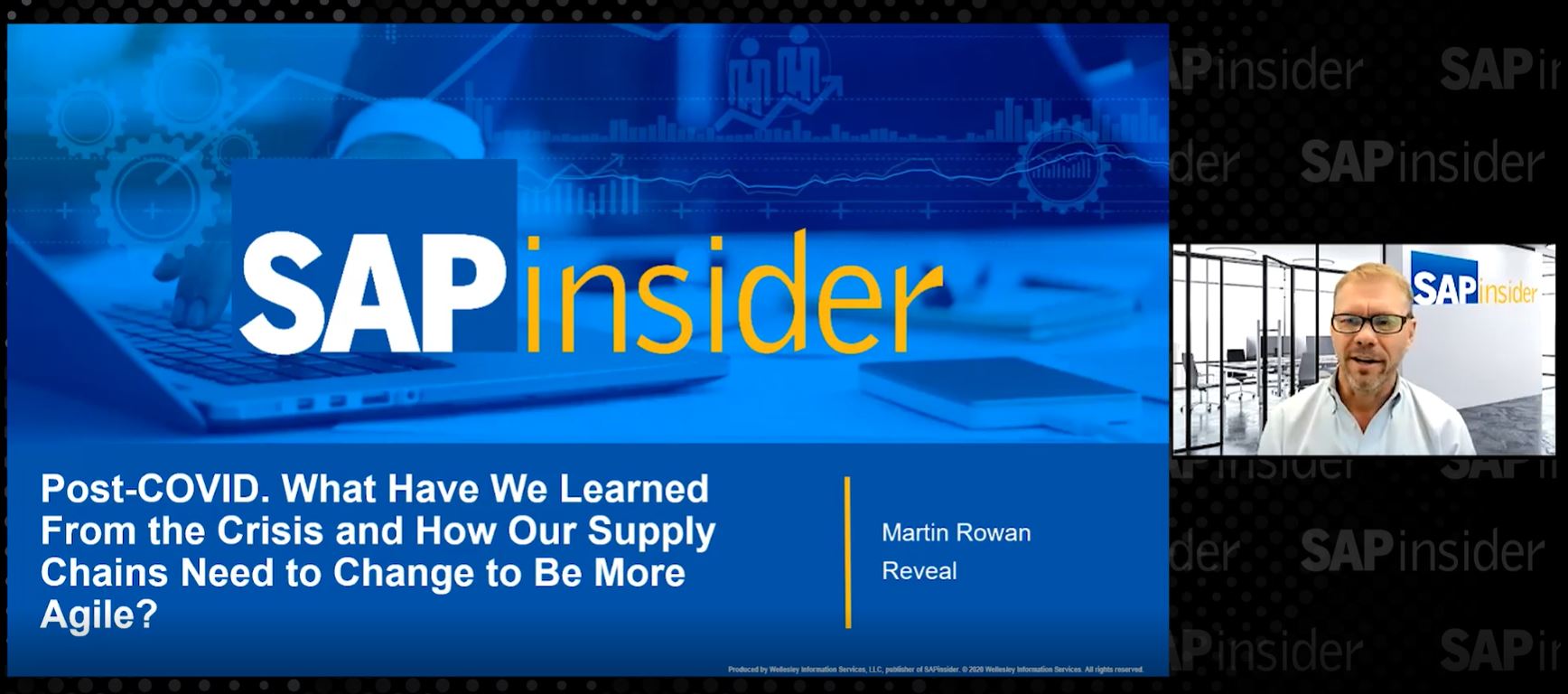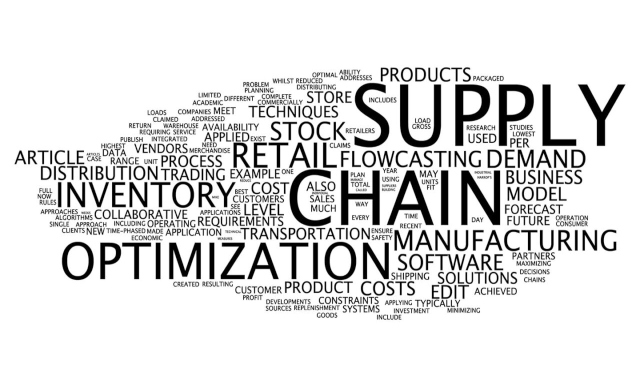Process optimization through capacity utilization and intelligent use of cloud services
Process optimization and Just-in-Time are things that should go hand in hand together with the use of Electronic Data Interchange (EDI).
Large physical storage space produces high costs. Process optimization is the magic word used by many companies seeking to reduce the accumulation of high inventories, and thus become faster, more flexible and efficient. With Just-in-Time or Just-in-Sequence (synchronous procurement), production processes are specifically optimized – at least in theory. Full capacity utilization while minimizing inventory levels is a goal that all modern companies strive for.
The means of transport replaces the warehouse to reduce costs
Because high inventories bring many costs and risks, companies have long tried to pass on these expenses to suppliers, thereby saving not only on storage space and costs, but also reducing the capital tied up. However, this continually increases the need for smooth logistics processes.
Using Just-in-Time, it quickly becomes clear that logistics are actually much more complex. The required part or component is delivered directly to the production process so that both the path to the warehouse and time spent in storage disappear, which in turn reduces working time and storage costs. In this way, capacity can be optimally utilized, thus contributing to a comprehensive process optimization. At the same time, the need for faster and more reliable communication rapidly increases, because delayed deliveries or unexpected interruptions to production can lead to production bottlenecks or stock shortages.
For process optimization, the timing has to be right
Reliable timing is of the utmost relevance to process optimization. Production processes could otherwise be interrupted due to delivery bottlenecks or delays, which could in turn trigger a chain reaction because the subsequent process steps are dependent on the previous ones.
This could be problematic, for example, in the event of strikes, severe weather, or even traffic accidents, all of which could delay a shipment. This quickly creates a production bottleneck, which can halt the entire chain and can rapidly drive up downtime costs. A solution for these risks would be maintaining certain stock for emergencies at the site to ensure a smooth production progress and to ensure capacity utilization.
Of course, these storage capacities are limited, and this approach would result in endlessly replaying the original Just-in-Time concept. A strike may well last for several days. If there had been inventories that could bridge this period, one still would have been constricted by high storage costs due to land, real estate and capital commitments, missing out on the benefits of Just-in-Time.
Requirements for Just-in-Time
Just-in-Time is dependent upon excellent infrastructure. Transportation must not only arrive quickly and safely, but in case of unforeseen delays, alternative routes should be also available in order to avoid bottlenecks as much as possible.
Because this flow of information must operate across corporate boundaries, it is essential that this kind of rapid and reliable electronic communication be declared a critical success factor and made a top priority.
Each miscommunication can stop the entire production process, thus leading to bottlenecks that cause costly damage or even eliminate the profitability of entire production lines.
How can one counteract such bottlenecks with effective measures and yet still benefit from Just-in-Time? One solution is to set up standardized processes that ensure automatic ordering from suppliers and automate the entire chain of communication for orders. As a result, human error in manual ordering and entry are minimized, while order processing time is simultaneously reduced. In this way, smaller order quantities become more economical.
Process optimization through data exchange using Electronic Data Interchange (EDI)
If we understand electronic data interchange as a strategic measure to take advantage of Just-in-Time concepts, company management must support that the cost of installing and operating reliable data connections to be of the highest priority.
After all, fast and trouble-free electronic contact with new suppliers is becoming a real competitive advantage. A company that needs to quickly divert to new suppliers in particular situations can hardly afford to set up a month-long ITproject to link alternative supply sources to its own logistics.
It is becoming clear that standardization of external data connections with immediate flexibility for foreign data systems is becoming a competitive factor, putting electronic data interchange between companies to a stress test.
How to combine flexibility, cost optimization and reliability
Long gone is the time when you had to painstakingly program an interface for each type of data exchange between companies. Different EDIstandards provide a basis for standardization of order and delivery data exchange.
However, as always, the devil is in the details and standards are no guarantee of functionality. It is for precisely this reason that you should familiarize yourself with the five principles of our e-Book , which can help you to make the all-important inter-company data exchange controlled and trouble-free, without getting lost in technical jargon.
Intelligent use of cloud services for your electronic data interchange
The advantages are undoubtedly in the use of a professional cloud solution, which is operated by experts so that you can concentrate on your core business. In this way you can benefit from, among others, the concentrated expertise of around-the-clock immediate failure detection and recovery; and thanks to flexible and scalable payment systems, you need not worry about expensive investments.








